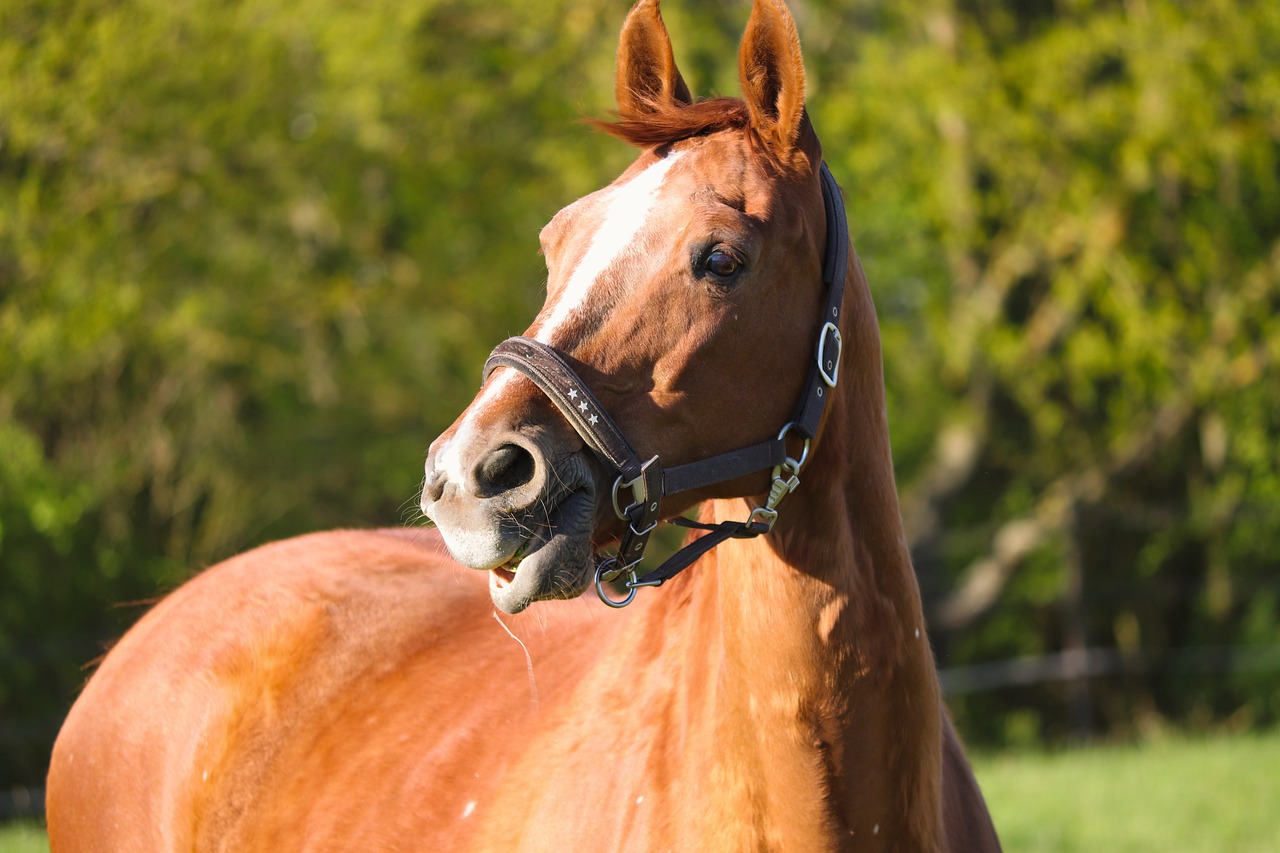Last Updated on February 21, 2022 by Allison Price
Most people will ask, “How do horses communicate?” Most people will answer the question “How do horses communicate?” with vocal communication such as whinny or neigh. Horses communicate in a subtler way. Horses are skilled at using body language. Every detail, from their carriage to their ears and position in the ears to how their tails move, has a meaning. This article will discuss how horses communicate with their ears.
Information about horses’ ears is essential to understand how they communicate with each other. To move their ears 180°, horses use 10 muscles. Each ear can move independently of the others. Horses’ ears can detect the location of sound and provide sensory information to enable them to recognize it. Horses can communicate emotions such as fear, anger and frustration through their ears.
The situation will determine what a horse’s ears are trying to communicate. It’s easy to assume that ears pointed forward indicate danger or interest. But ears held back can signify anger. It’s not always as simple as that. To understand what our horses are trying tell us, we must take into account the entire situation.
Horse Ears Pinched Completely Flat:
Most people have their ears completely flattened because they want to communicate with others.
This can be used to communicate to the rider that “something hurts”. Check that your saddle and bit fit correctly if your horse is pulling his ears back while you ride. Make sure to inspect your pad. It can be very uncomfortable to have a sticker on your saddle pad. This could also indicate other issues in the horse’s health that may be causing pain.
Not enjoying the Training Session
Your horse might also be unable to enjoy the training session. They may feel too much pressure or the training aids have been used incorrectly or for too long. They don’t know how to say “Hey, my muscles hurt from yesterday.” Are we going to have to do it again? They tell us that the only way they know is by pining their ears.

Ears turned backward, but not pinched:
If the horse’s ears turn backward, it is possible to still see the opening. The opening will not be visible if the ear is held against the head.
Listening behind them or focusing on the rider
Horses will focus their ears on what they hear behind them if they are hearing something. This could also indicate that the horse is paying attention to his rider and waiting for the next verbal command. To calm nervous horses, some trainers may hum or sing to them.
Herding Instinct or Deep Concentration
A horse’s ears can be pointing in the direction of herding instincts or deep concentration. Sometimes horses’ ears are backward, but this is not always the case. This can happen when they are learning something new or paying attention to their job. Horses that pull the herd from behind or work cow horses, such as stallions, will have their ears rearranged.
Ears Pricked Forward
Can Indicate Multiple Meanings
Horse owners believe that horses who have their ears pricked forward are happy horses. This is not always true. Horses can focus on one sound at a time to identify what it is. Horses will raise their heads and pricked their ears forward if they hear something that is threatening. This alert pose signals other horses that danger is nearby.
A horse’s ears can be pricked forward to signify anything, from “That looks interesting” or “What is it over there?” You might even hear something frightening. Everyone must take cover to be safe!
Response to Training Cue
A horse may respond to a training cue by pricked ears forward. This is the method showmanship trainers use for teaching the horse to stand. This is because it presents a better head and profile view to judges.
One Ear Forward, One Ear Back or Continuously Moving Forward and Backward:
Horses can move their ears independently of each other, allowing them to hear in two directions simultaneously. You can move your horse forward or backward or to the sides.
When your horse is riding with one ear forward and one behind, it’s more likely that they are paying attention not only to the rider but also to the place they are going. Horses will also do this by constantly moving their ears forward and backward. They are saying “I am looking at where we are going.” Are there any other things you would like me to do?
Final Thoughts
Horses can read body language and are skilled at it. They can communicate with one another and warn each others of danger by understanding their body language. We can learn to read the body language of our horses and better understand their messages. We must remember that ear position can mean many things. To understand the horse’s ears, it is important to consider the whole situation.


